10 Things Nobody Told You About Being Creative
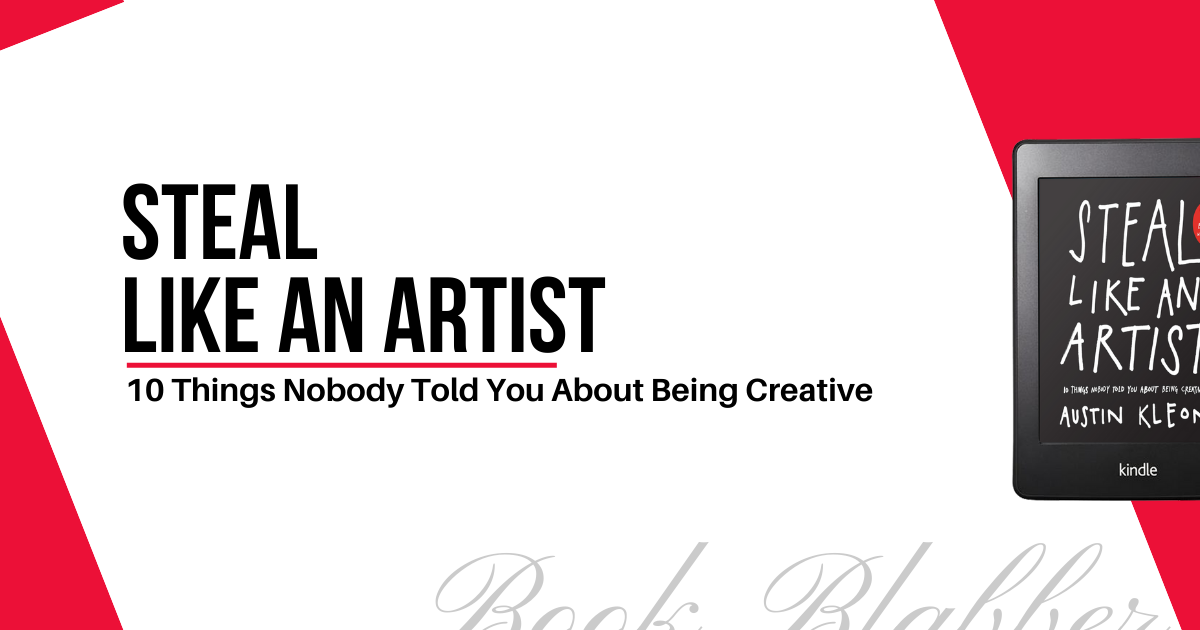
This January (in 2021), I read (tbh binge-read) the three books of Austin Kleon I heard about. These were Steal Like an Artist, Show Your Work and Keep Going. The books tell you how you can be creative, grow as a creative professional and keep producing creative building blocks.
These three books by Austin have several tips about figuring out what’s the best for you, finding your tribe, improving your skills and many more. If you have been looking for a being creative book, these are among the best.
This article contains the lessons from the first book – Steal Like an Artist. Steal Like an Artist book summary is about ten rules to be in touch with your artistic side and be creative.
Check Steal Like an Artist on Goodreads
Check the other articles in this three-part Austin Kleon books summary:
- Show Your Work: 10 Ways to Share Your Creativity and Get Discovered
- Keep Going: 10 Ways to Stay Creative in Good Times and Bad
Let’s dive in.
Table of Contents
Steal Like an Artist
The first chapter talked about the art of stealing.
As per Austin, when people call something original, they just don’t know the references or the original sources involved. And that’s kinda true. All creative work builds on what came before.
Every new idea is just a mashup or a remix of one or more previous ideas. The more good ideas you collect, the more you can choose from to be influenced by.

First you figure out what’s worth stealing, then you move on to the next thing. Everything is up for grabs. If you don’t find something worth stealing today, you might find it worth stealing tomorrow or a month or a year from now.
Study everything about one artist. Then find three people that the thinker loved, and find out everything about them. Repeat!
If you would like to read quotes from Steal Like an Artist:
21 Steal Like an Artist Quotes and More...
School yourself. Look things up. Chase down every reference. Go deeper than anybody else. Don’t worry about doing research. Just search. See something worth stealing? Put it in the swipe file. Need a little inspiration? Open the swipe file.

Don’t wait until you know who you are to get started
In the second chapter, Austin said that it’s in the act of making things and doing your work that you figure out who you are.
Most people don’t know where the good stuff comes from. They just show up to do their thing. Every day. And it’s true for many people I know.
They do their work, and in the process, get more creative ideas to keep continuing. So, start doing the work you want to be doing.
Another thing Austin clarified: stealing is not plagiarising; stealing is copying.
Plagiarising is trying to pass someone else’s work off as your own. Copying is about reverse-engineering. So, don’t just steal the style, steal the thinking behind the style.
Imitate and emulate.
Imitation is about copying. Emulation is when imitation goes one step further, breaking through into your own thing. Copy your heroes and examine where you fall short. Transform that into something of your own.
Add something to the world that only you can add. I have been doing the same. I started writing. Then, I imitated the writing styles of the authors, content writers and storytellers I liked, and slowly developed my own.
Also read: Creative Process to Churn up 100+ Headline Ideas
Write the book you want to read
The gist of the entire chapter is: write the book you want to read. Write what you want to read and do the work you want to be seen done. If you can’t find something specific, check other’s work, find relevant content and create your own art.
Use your hands
Well, you probably already practice this. If not, bring your body into work.
Whether you’re a digital artist or pen-paper artist, make the process as hands-on as possible.
Austin said he set up two workspaces – one analog and one digital. You can do the same or have your entire workspace in one place. But make sure you also use your hands for your art; and not only a digital device.
I recently began taking notes on paper again. And to be honest, it’s refreshing.
Side projects and hobbies are important
In this chapter, Austin suggested keeping all your passions in your life.
It’s good to have a lot of projects going at once, so you can bounce between them. When you get sick of one project, move over to another and so on. Practice productive procrastination.
It’s something I have been practicing too.
When I don’t feel like working on a project, I work on another one, and switch back to it a few minutes/hours later. These might be client’s content or for my personal projects, but I like to work on different projects.
And if I don’t feel like writing altogether, I would be doing something else. Every such project comes through some inspiration, some stealing here and there.

Do good work and share it with people
It is the next tip from Austin.
OK, what you have to do is to make stuff every day. You can work on something new, or on one of your ditched projects from the past.
Know you’re going to suck for a while. Fail. Get better. You can do what you want. Experiment.
Do things just for the fun of it. And put those stuff on the Internet. You don’t have to share everything if you don’t want to. Show just a little bit of what you’re working on.
Also read: Real World Stories to Unleash Your Creative Potential
Geography is no longer for our master
Austin said artists should be a part of a community, and there’s a community of people out there to connect with.
You can find them online.
But at some point, you have to leave home. You need to make your brain uncomfortable. It gets too comfortable in your everyday surroundings.
So, find a place that feeds you; creatively, socially, spiritually and literally. For me, such places exist online – in WhatsApp messages, Twitter feed and others. Yours can be an actual place on the earth.
Be Nice
Say nice things about people and make friends. Why? Because you’re only going to be as good as the people you surround yourself with. And if you ever find that you’re the most talented person in the room, find another room.
Another suggestion from Austin was to keep a praise file.
Keep it around for when you need the lift. And it sure works. I started doing it recently. My file consists of screenshots of all the testimonials, recommendations and good words I receive.
Also, get comfortable with being misunderstood, disparaged or ignored. Get too busy to care. The best way to get approval is to not need it.
You, of course, can get angry. But keep your mouth shut and channel it into your work.
Be Boring
Austin said it takes a lot of energy to be creative. You don’t have that energy if you waste it on other stuff. And establishing and keeping a routine can be even more important than having a lot of time.
If you notice, writing a page each day doesn’t seem like much. But do it for 365 days and you have enough to fill a novel. So, keep a log book to track how far your ship has sailed.

Creativity is subtraction
The last chapter of the book talked about creativity, in brief.
Austin said creativity isn’t just the things you choose to put in; it’s the things you choose to leave out.
Also, the way to get over a creative block is to simply place some constraints on yourself. Yes, stop wondering. Just keep in mind that you need to do that work.

OK, that was all from the book.
Liked it?
Join Book Blabbers WhatsApp group to bond over books, memes and quotes.
Subscribe to Book Blabber's Bulletin to get book summaries, reading tips and occasional hugs in your inbox.

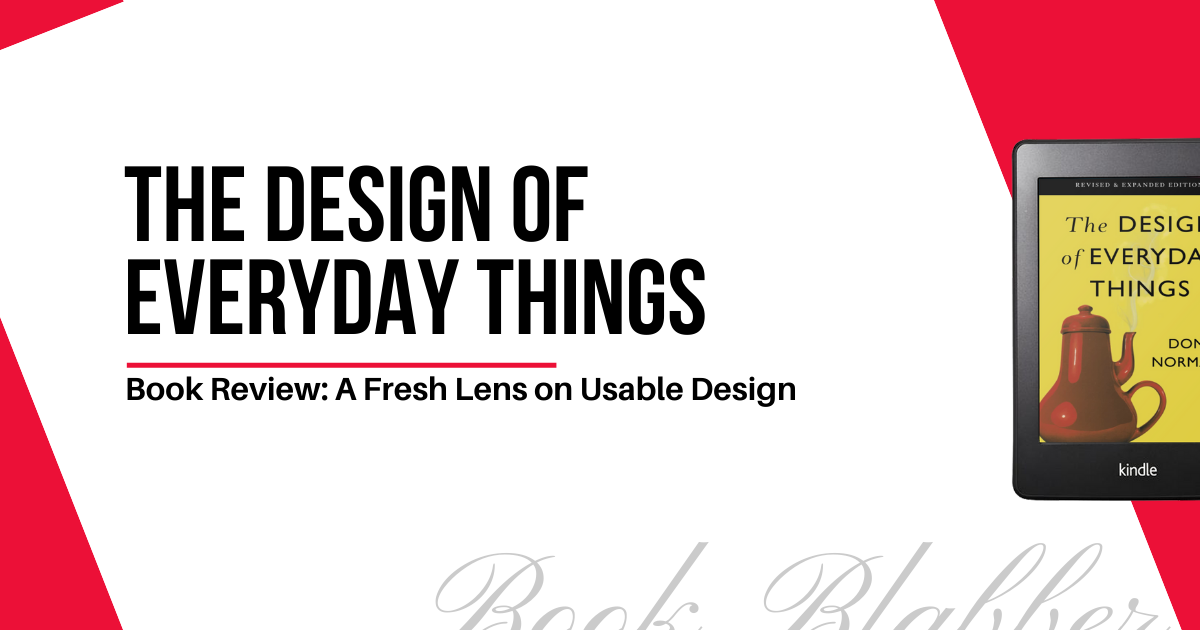
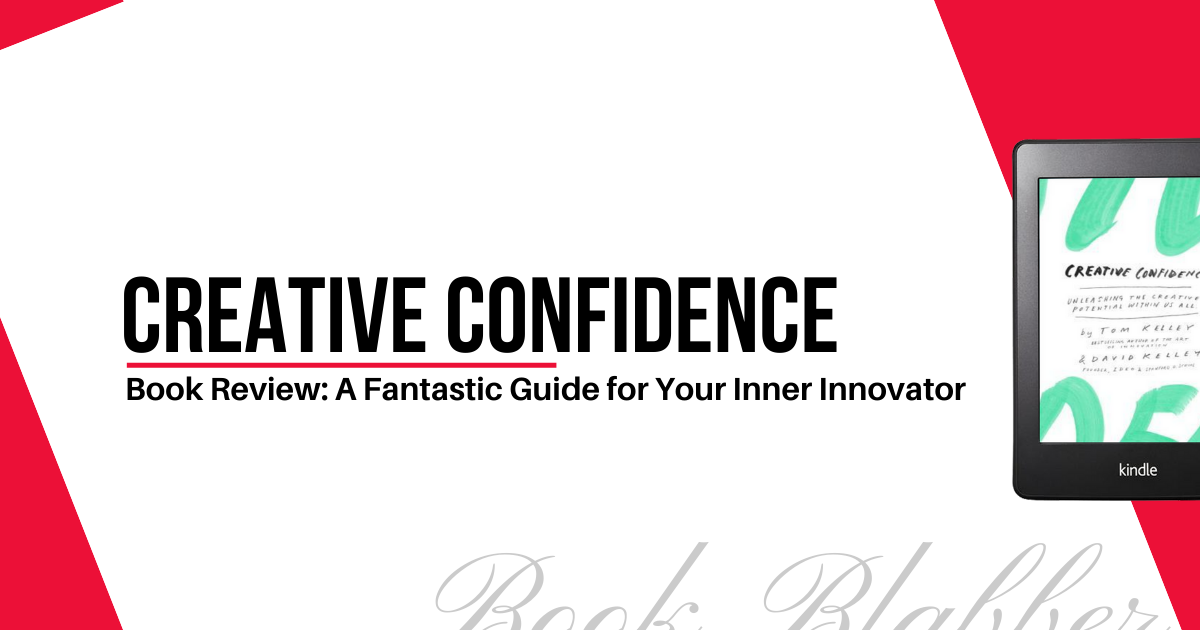
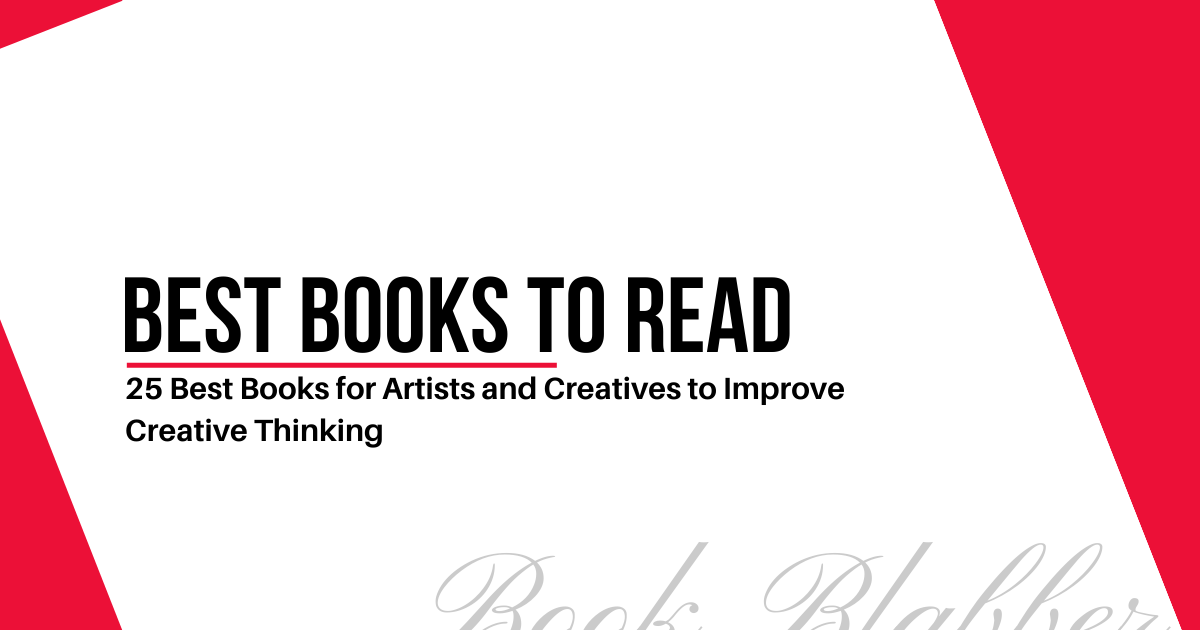
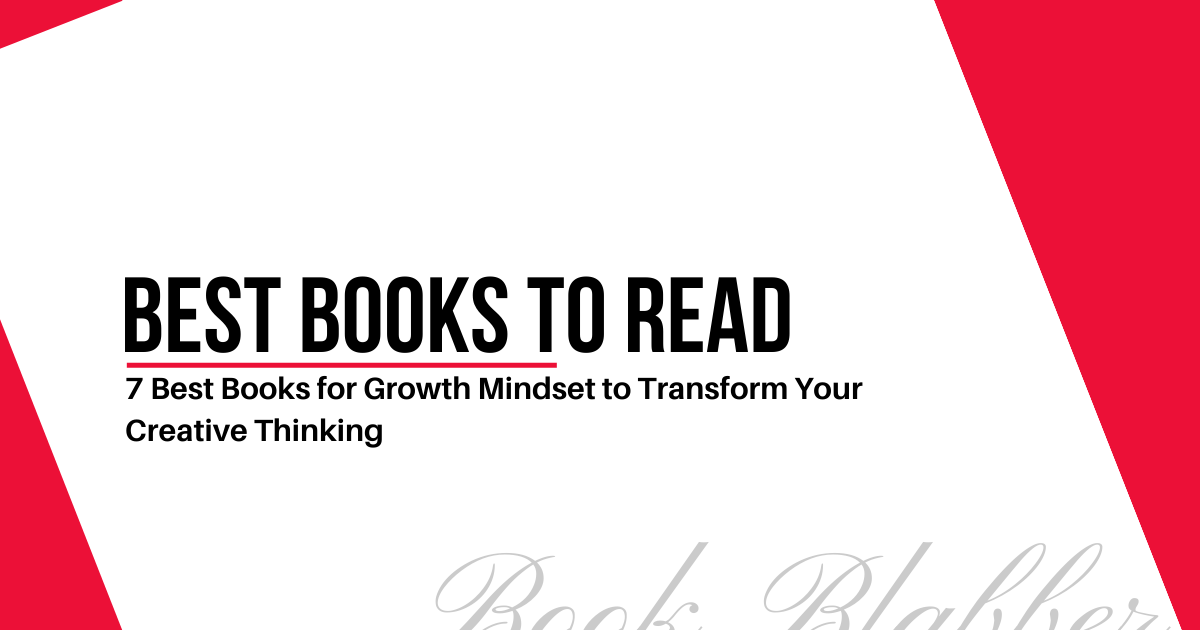
Comments